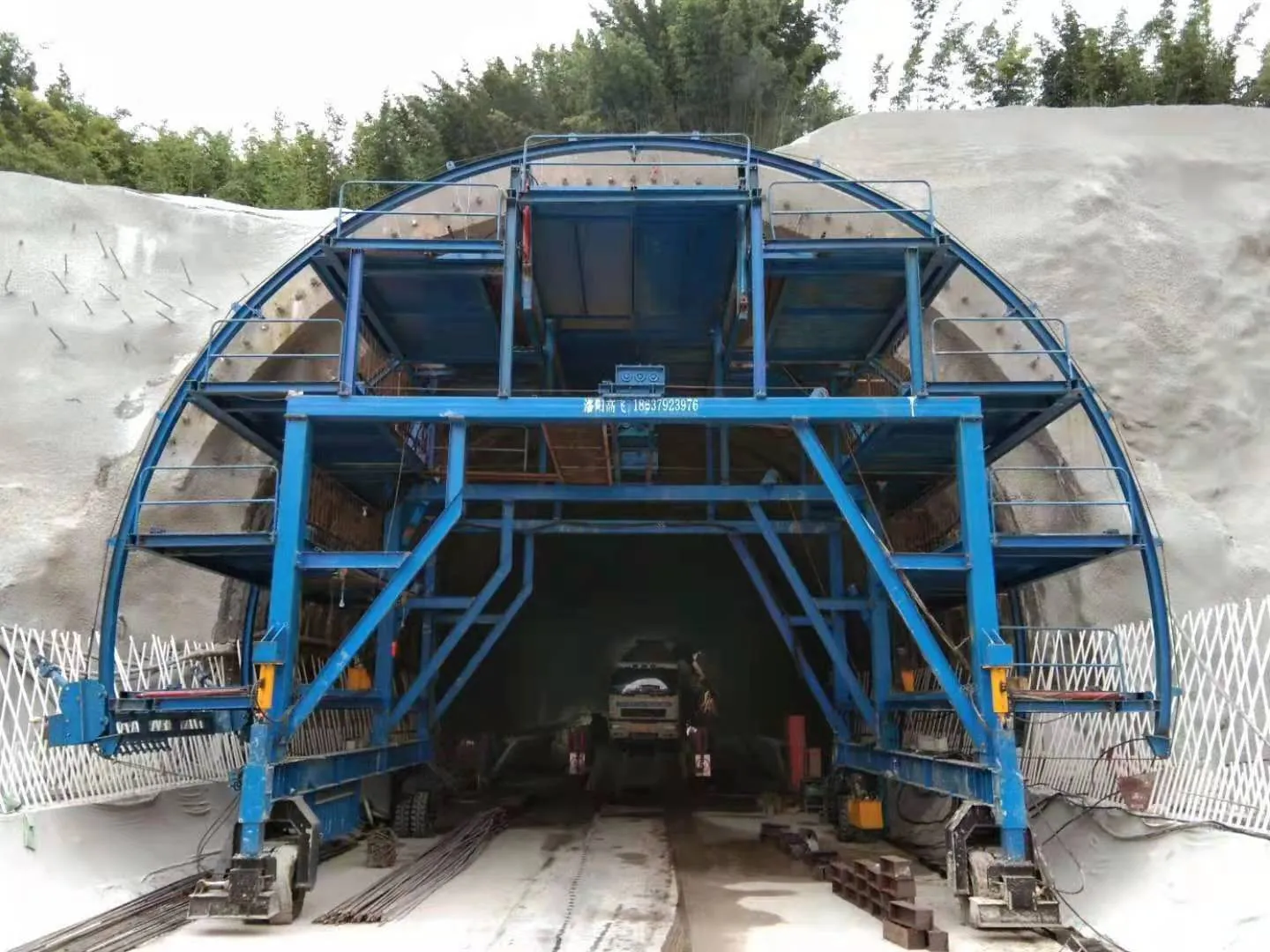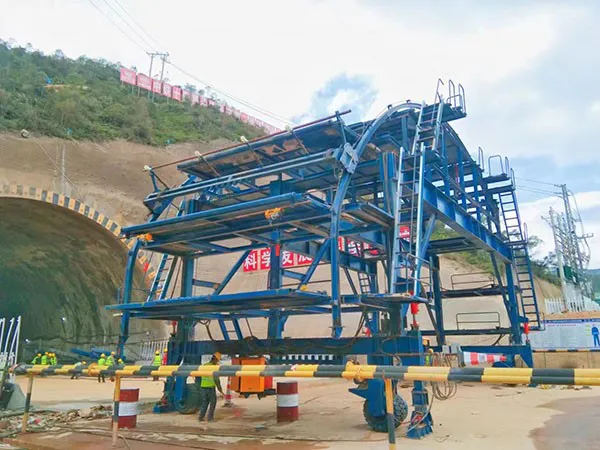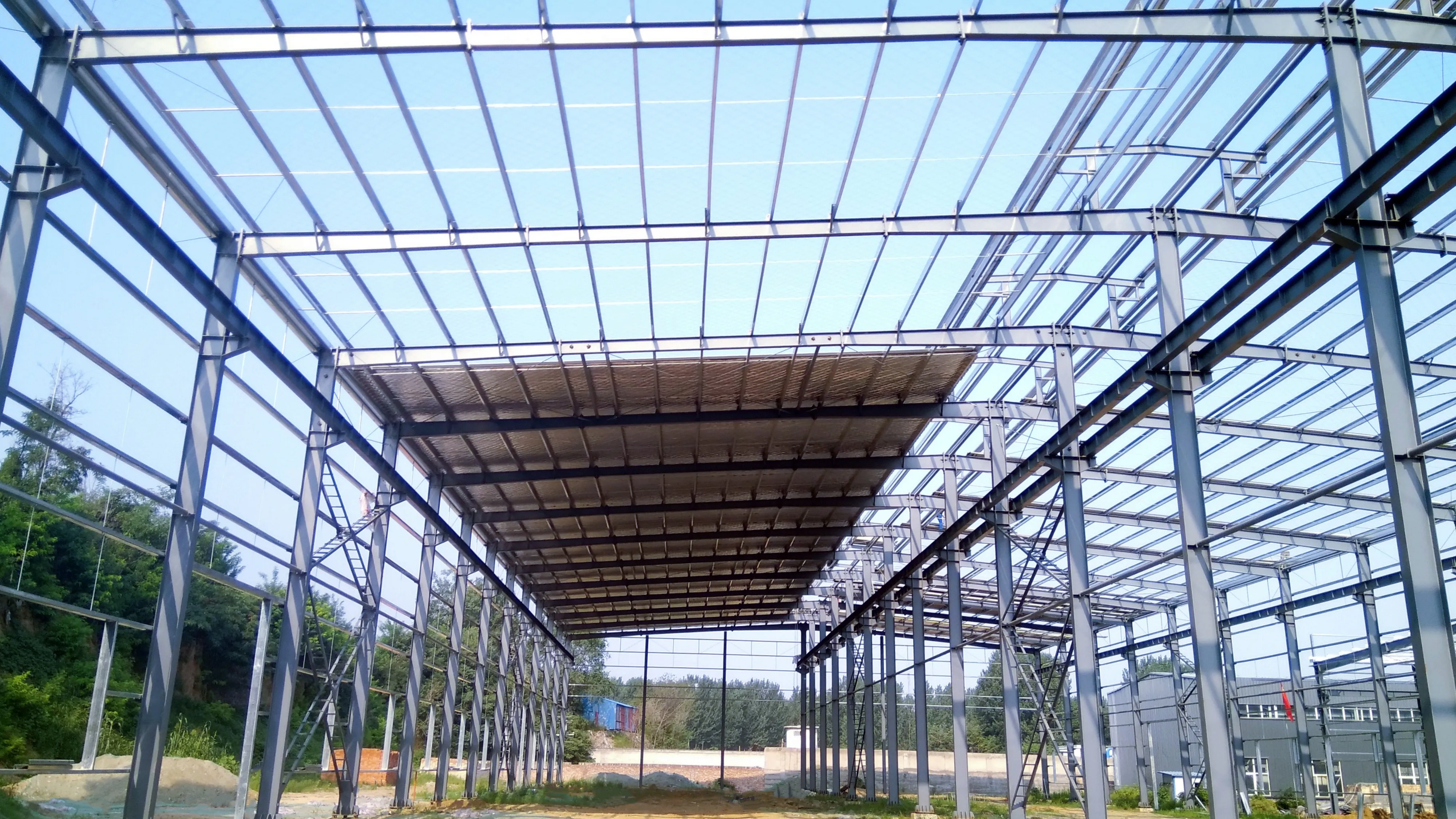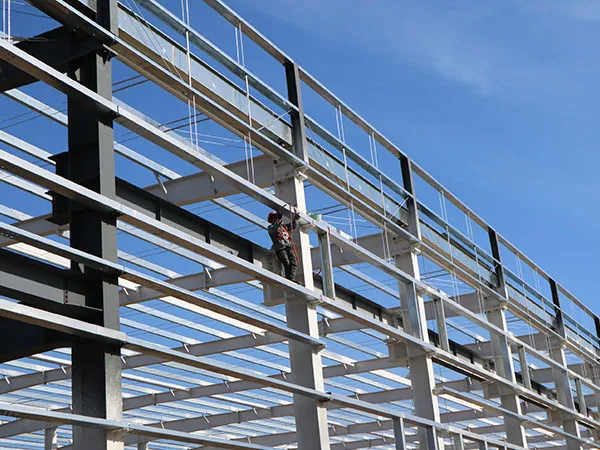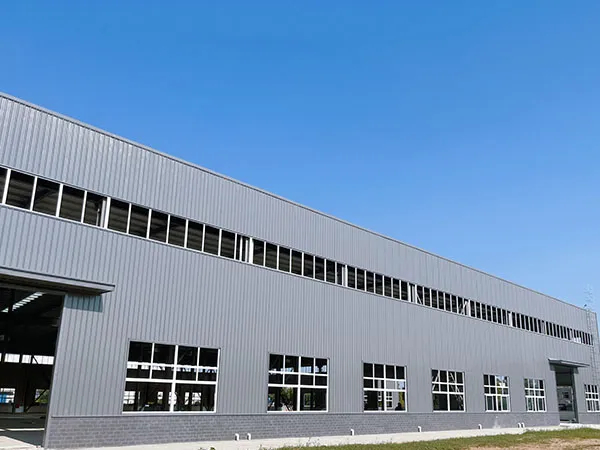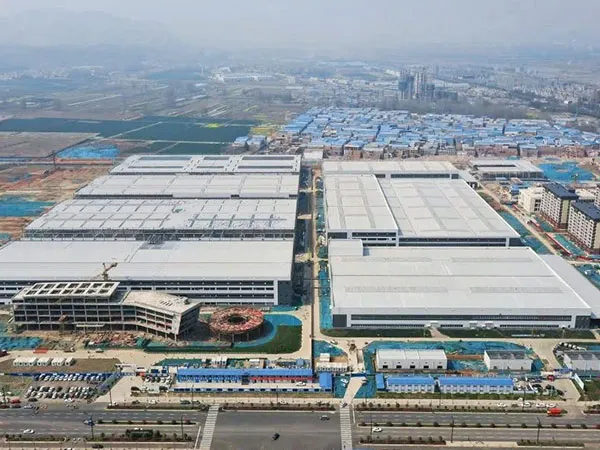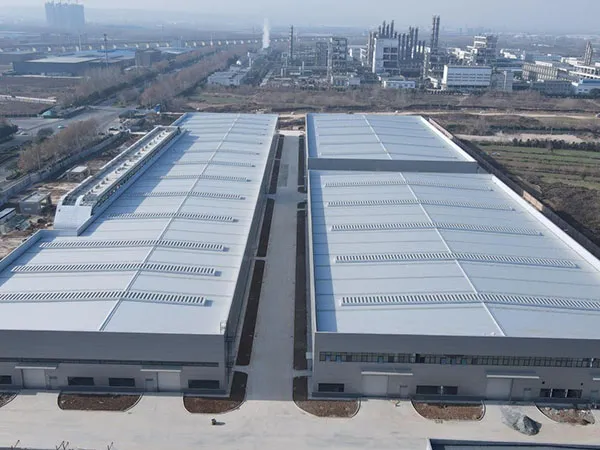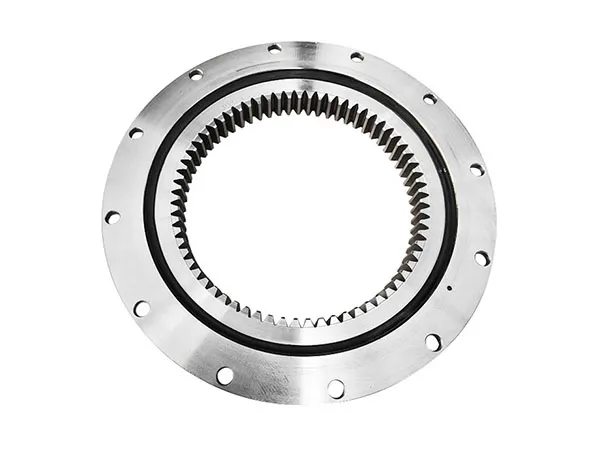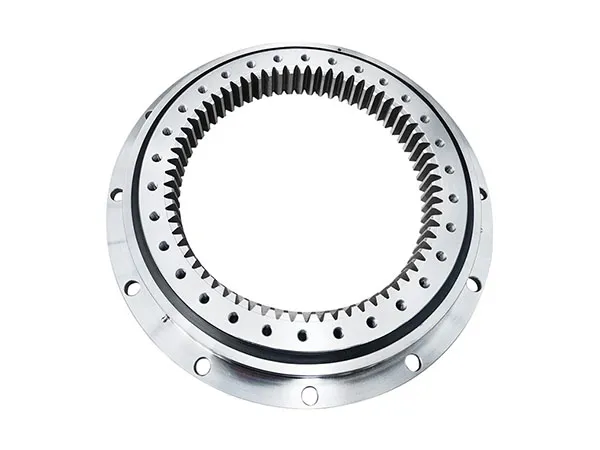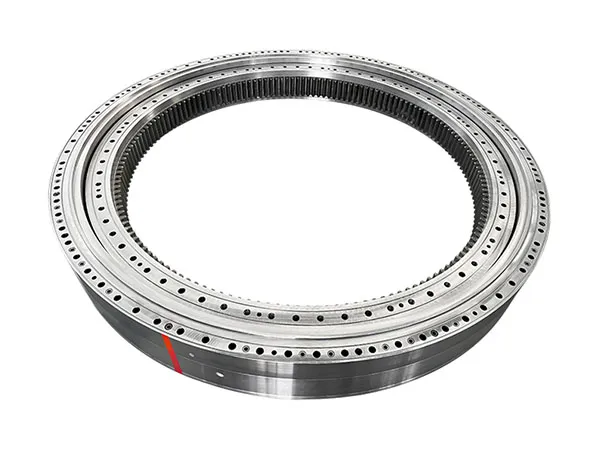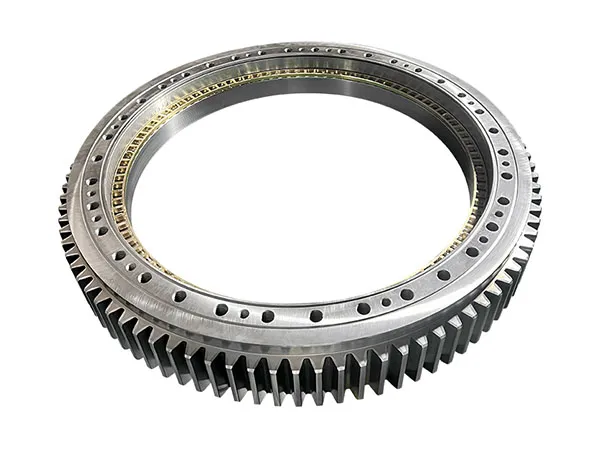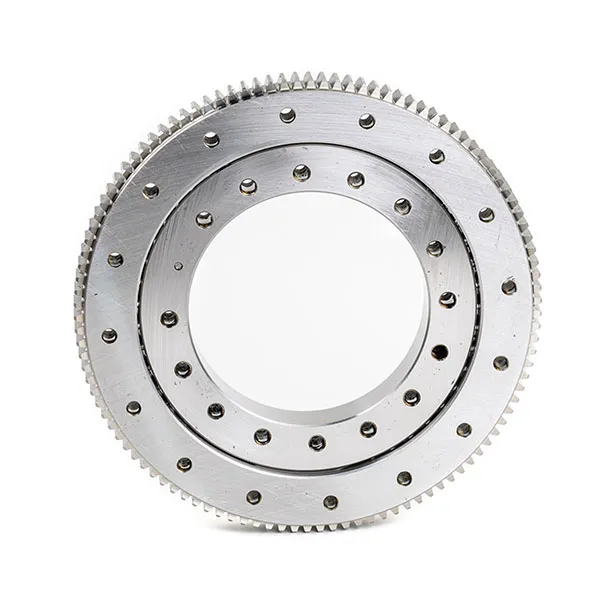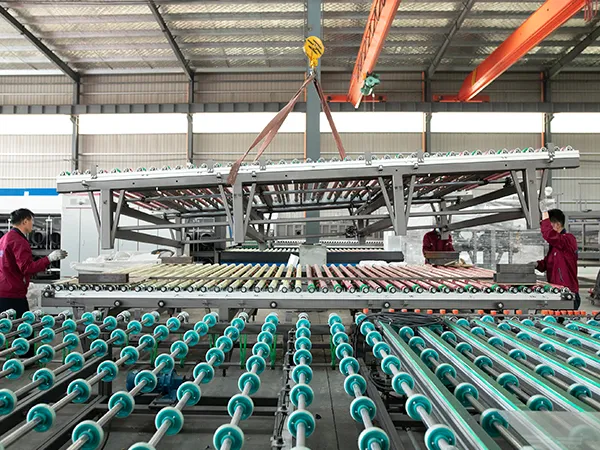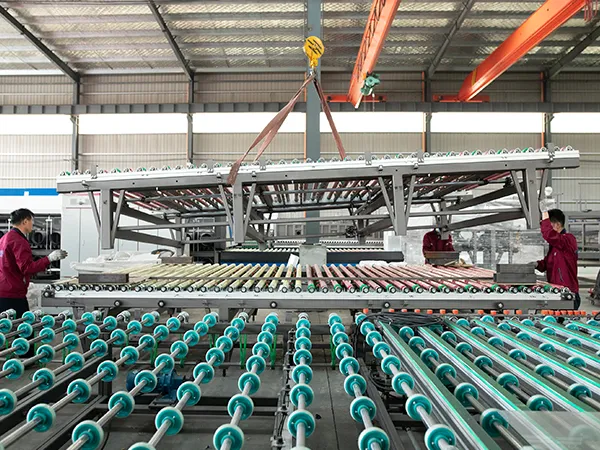Esta guía proporciona una descripción general completa de carro de revestimiento de túneles Prácticas de mantenimiento para maximizar la vida útil y garantizar un funcionamiento eficiente.. Cubre varios aspectos de la inspección., lubricación, limpieza, reparar, y almacenamiento, Diseñado para el duro entorno del túnel..
Guía de mantenimiento del carro de revestimiento de túneles
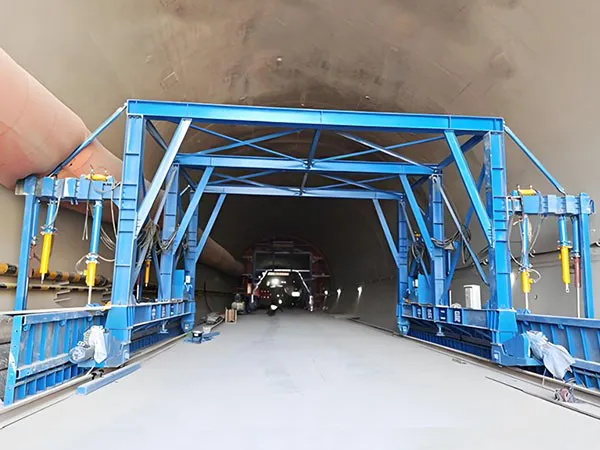
I. Introducción:
Los carros para revestimiento de túneles son fundamentales para la construcción segura y eficiente de revestimientos de túneles. Su construcción robusta está diseñada para soportar cargas pesadas y condiciones abrasivas., pero el mantenimiento regular es crucial para evitar fallos prematuros y costosos tiempos de inactividad.. Esta guía es aplicable a varios tipos de carros para revestimiento de túneles., pero consulte la documentación específica del fabricante para obtener instrucciones y recomendaciones detalladas..
II. Seguridad ante todo:
Bloqueo/Etiquetado: Siga siempre los procedimientos de bloqueo/etiquetado adecuados antes de realizar cualquier mantenimiento.. Aísle el carro de las fuentes de energía y asegúrese de que no se pueda poner en marcha accidentalmente.
Equipo de protección personal (EPP): Use EPP apropiado, incluyendo casco, lentes de seguridad, guantes, y botas con punta de acero. Es posible que se requiera protección auditiva dependiendo de la tarea de mantenimiento..
Entrada a espacios confinados: Si trabaja dentro de secciones cerradas del carro, seguir los procedimientos de entrada a espacios confinados.
Personal Calificado: El mantenimiento debe ser realizado por personal capacitado y calificado..
Manual del fabricante: Consulte siempre el manual del fabricante para conocer las pautas y procedimientos de seguridad específicos..
III. Lista de verificación de inspección periódica:
Las inspecciones periódicas son clave para identificar problemas potenciales antes de que conduzcan a fallas importantes.. La frecuencia debe basarse en el uso y las condiciones ambientales., pero se recomiendan inspecciones minuciosas diarias antes del turno y semanales.
UNA. Inspección diaria previa al turno:
Inspección visual:
Condición general: Compruebe si hay daños evidentes, grietas, falta de rebote, o desgaste excesivo.
Sistema hidráulico: Inspeccionar mangueras, guarniciones, cilindros, y bombas para fugas.
Sistema eléctrico: Comprobar el cableado, conexiones, e interruptores en busca de daños o conexiones sueltas.
Ruedas y rieles: Inspeccionar las ruedas en busca de daños., tener puesto, y alineación adecuada. Revise los rieles en busca de escombros y obstrucciones..
Dispositivos de seguridad: Verificar la funcionalidad de las paradas de emergencia., alarmas, y finales de carrera.
Encofrado: Inspeccionar el encofrado en busca de daños., mala agrupación de piezas, y alineación adecuada.
Comprobaciones operativas:
Movimiento: Garantizar un movimiento suave y consistente del carro..
Funciones hidráulicas: Pruebe todas las funciones hidráulicas, como levantar, encapotado, e inclinando.
Frenos: Verificar el correcto funcionamiento del freno.
Encendiendo: Verifique la funcionalidad de todas las luces..
segundo. Inspección minuciosa semanal:
Todos los artículos de Inspección Diaria.
Componentes estructurales:
soldaduras: Inspeccionar soldaduras en busca de grietas., corrosión, o signos de estrés.
Pernos y sujetadores: Verifique si faltan pernos y sujetadores flojos o. Apriete según sea necesario.
Marco: Inspeccione el marco en busca de deformaciones o grietas..
Sistema hidráulico:
Nivel de fluido: Verifique el nivel de líquido hidráulico y complete según sea necesario..
Filtros: Inspeccionar y reemplazar los filtros hidráulicos según el cronograma del fabricante..
…
Para obtener información más detallada sobre el mantenimiento del carro de revestimiento de túneles, por favor haga clic aquí: https://www.gf-bridge-tunnel.com/a/blog/tunnel-lining-trolley-maintenance-guide.html

